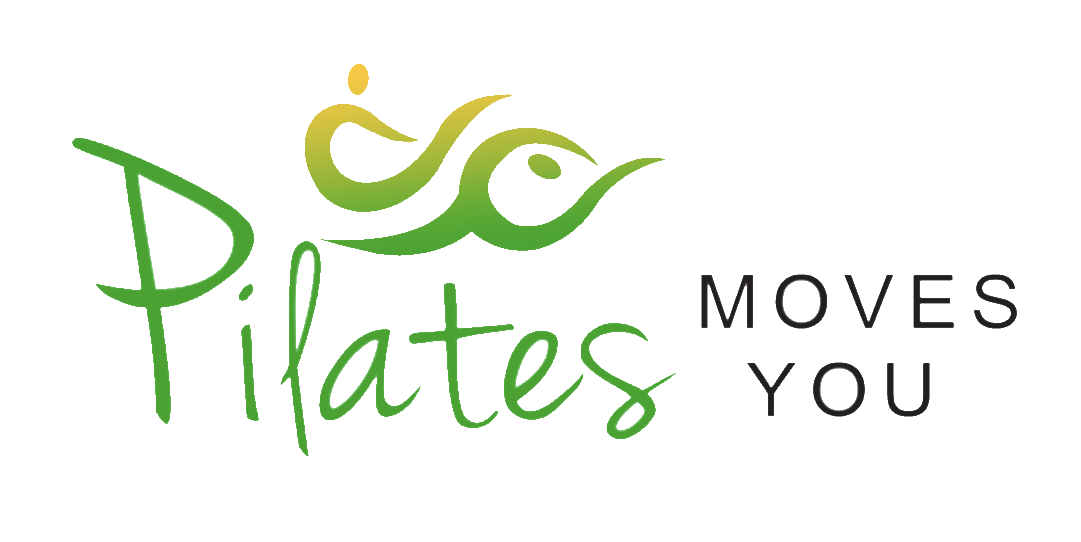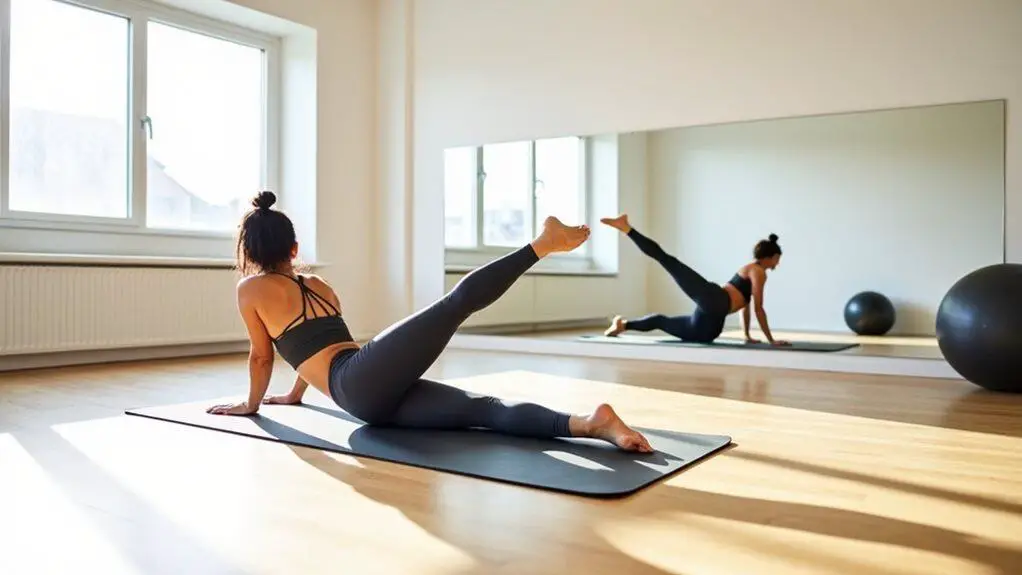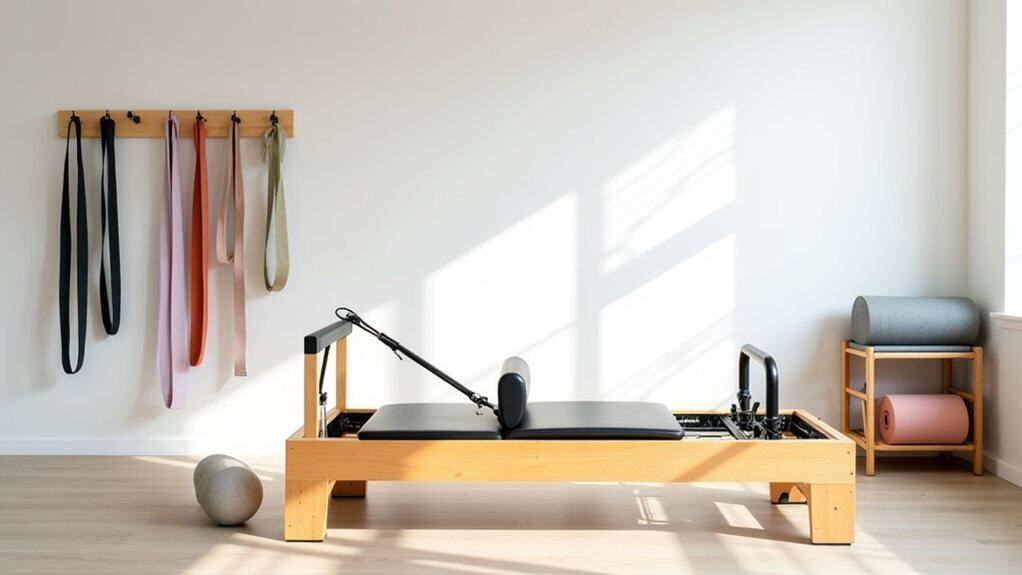You’d think the roll-up could single-handedly save the world with how often fitness gurus tout its core-strengthening prowess. But let’s get real—you’re here to chisel your midsection, not to play superhero.
When you peel back the hype, you’ll find the roll-up is a powerhouse move for your core, providing a full range of motion that crunches can only dream of. As you engage your entire abdominal wall, you’re not just sculpting a six-pack; you’re enhancing stability and spine health, too.
If you do it right, keeping your movements smooth and controlled, you’ll feel your core muscles light up like a Christmas tree—no weights or equipment needed. Just remember, consistency is your best friend here; roll-ups aren’t a one-hit-wonder, but a track on your greatest hits of core workouts.
Anatomy of the Roll-Up
When you perform a Pilates Roll-Up, you’re engaging key muscle groups including your rectus abdominis, transverse abdominis, and the obliques, which are fundamental for core strength.
This Pilates move is a comprehensive way to strengthen the core by utilizing the full range of motion of your spine.
As you curl upward, you challenge the abdominal muscles to work in harmony, enhancing core strength and protecting your spine.
The precision required in the roll-up exercise ensures that every fiber of your core muscles contributes to the movement, reinforcing the natural curve of the spine.
To maximize benefits, maintain a fluid motion without compromising alignment—this won’t only work your abs but also promote a stronger, more resilient back.
Roll-Up Versus Crunch
In comparison to the traditional crunch, the roll-up engages a broader range of muscles, providing a more comprehensive and dynamic core workout for you.
Here’s a quick comparison:
| Aspect | Roll-Up Exercise | Crunch |
|---|---|---|
| Muscles Worked | Full core muscles, promotes spinal flexibility | Primarily upper abs |
| Range of Motion | Full, from lying flat with arms overhead to seated | Limited to upper spine flexion |
| Impact on Core Strength | Enhances muscular endurance and flat abs exercises | Primarily builds upper abs |
| Risk of Lower Back Pain | Lower when done correctly, as it includes a Pilates Mat approach | Higher due to potential strain |
| Technique Emphasis | Control and alignment, typical of Pilates exercises | Often focused on repetition speed |
For a well-rounded core workout, integrating the roll-up can be more effective.
Roll-Up Technique Breakdown
You’ll want to master the roll-up’s technique to truly harness its core-strengthening potential.
Begin by lying with your back on the floor, legs straight, and arms up overhead. Inhale, engaging your core muscles, especially your lower abs, to keep your back from arching.
As you exhale, bring your arms forward and start to make the movement, peeling your upper body off the floor. Deepen the curve of your upper body, imagining an upper body curve as you roll up, reaching for your toes.
Keep your legs on the floor throughout the roll-up exercise to maintain form. With every repetition, focus on the fluidity of the Pilates roll, ensuring each segment of your spine lifts in a controlled manner.
Common Roll-Up Mistakes
Mistakes during your roll-up routine can significantly diminish its effectiveness for building core strength.
When performing roll-ups, it’s crucial to avoid using momentum. Instead, pull the lower abs in and curve as you roll, ensuring your back stays rounded.
If you drop down halfway during the roll down, you’re not fully engaging your core muscles, missing out on the full benefits.
Always leave your scapula anchored and keep your arms outstretched, as moving them can reduce the intensity of the workout.
Perform this exercise slowly and with control, focusing on maintaining tension in the core. Keep your shoulders away from your ears to prevent strain.
Roll-Up Safety Tips
Ensure you’re performing roll-ups on a supportive surface to protect your back and maintain proper form throughout the exercise. When you roll back, make sure your movement is smooth to avoid straining your lower back. If you’re new to Pilates, start with a Knee Roll and gradually work your way up to a full Roll-Up. Using a Resistance Band can help provide assistance and build core strength safely.
| Emotion | Roll-Up Component | Safety Tip |
|---|---|---|
| Trust | Supportive Surface | Protects back |
| Encouraged | Gradual Progression | Builds strength |
| Secure | Proper Technique | Avoids injury |
Always listen to your body, and don’t push through pain. It’s better to build your core gradually than to risk injury.
Sources
https://www.sportskeeda.com/health-and-fitness/pilates-roll-ups-understanding-benefits-correct-technique
https://nowwithpurpose.com/out-with-the-sit-up-in-with-the-roll-up/
https://www.gethealthyutv.com/video/roll-up-exercise-011573/
https://www.wellandgood.com/how-to-do-a-pilates-roll-up/




